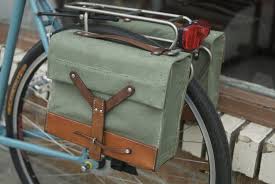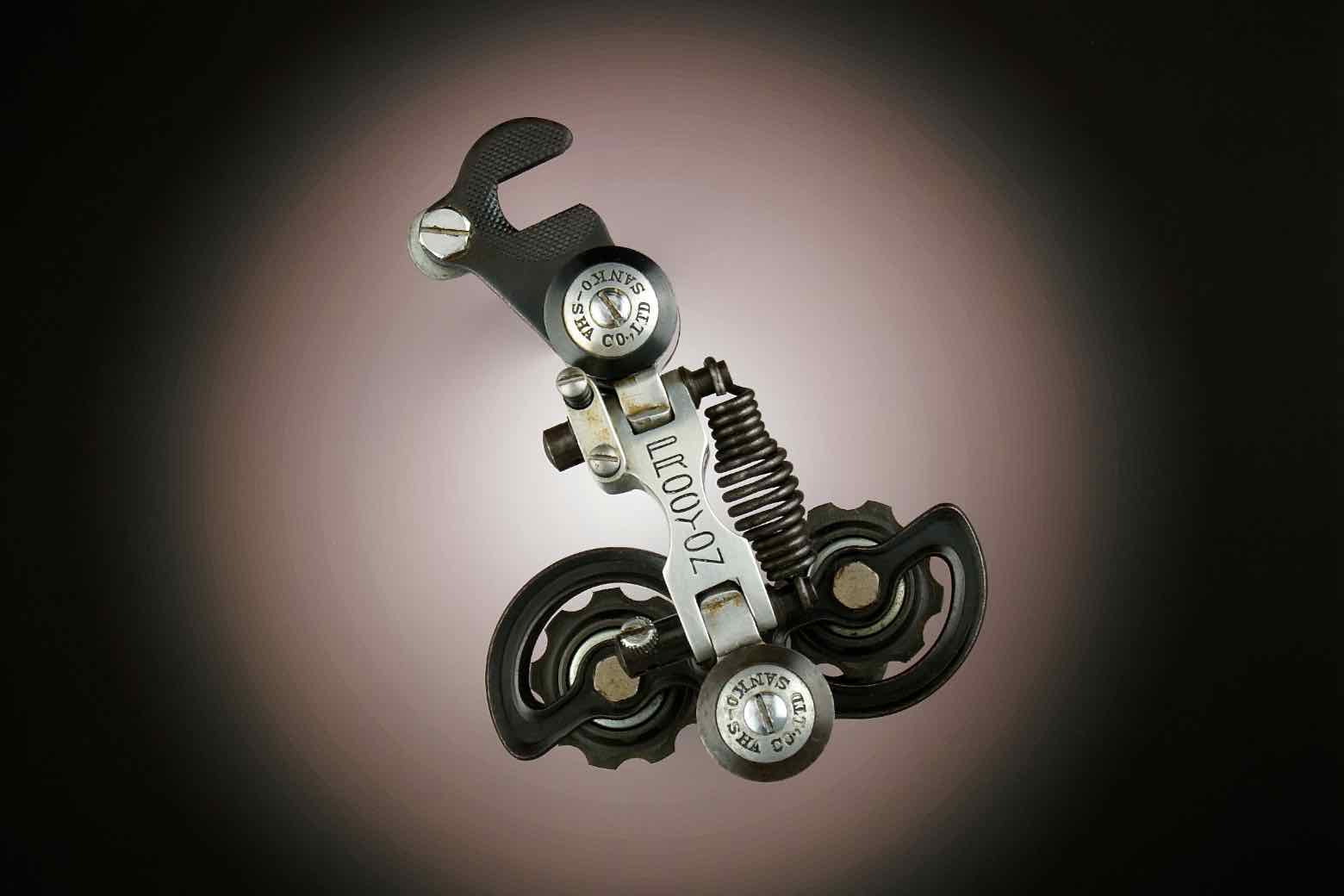Most, if not all, of us have carried books on a bicyle. Having spent much of my life as a student or instructor, I have hauled more than a few volumes while pedaling to or from classrooms, libraries, bookstores, coffee shops, parks or my living space.
Of course, I'm most often carrying books out of necessity. But sometimes I carry them just to have something to read: I simply can't bear the thought of being in any place for more than a few minutes without something to read or write.
And, I'll admit, sometimes I want to feel or simply look smart. Sometimes I think that half of the people I see reading books on the subway are trying to impress themselves or someone--perhaps they don't even know whom--without seeming to. I'm sure that tome-toters on two wheels have done the same. But you all know that I never, ever do such a thing, right? ;-)
Anyway...I got to thinking about some of the ways I, and other people, carry books when they're riding.
Like many other people, I used a knapsack when I was a student and long after that. But, to tell you the truth, I never liked carrying anything on my back--even a hydration system-- while pedaling.
A few times, I've simply strapped (bungee corded) books to the top of a rear rack. That only works when you have a couple of books and if you're not riding over a lot of bumps and potholes. It seems funny to me now that Pletscher-style rear carriers were often sold as "book racks."

For nearly a year, I've been riding my LeTour to work. I attached baskets to the handlebars and the top of the rear rack. They are very useful, but I find that I still need to put the books in some sort of bag or other protective layer--or stack things on top of them--to keep them from getting shuffled, torn and dirtied. This is especially true if I'm carrying a portfolio or manuscript, or any other papers not in a book binding.

I've also carried my novels, textbooks and poetry anthologies in Carradice-style saddlebags. Because they're waterproof and sturdy, they protect the books well. But books are bulky, and all except the largest saddlebags have limited abounts of interior space. Plus, unless you create some sort of DIY quick-release, you have to pack and unpack the bag whenever you park your bike.

Probably the best solution for carrying books is a pair of pannier bags or baskets that attach the the sides of your rear rack. If you do that, I suggest using panniers on both sides to balance out your load: Books are heavy, and it takes only a couple on either side to imbalance you and your bike.
For the moment, I can't use pannier-style bags or baskets on the LeTour because the basket is attached to the top. That basket is handy when I carry shopping bags or the large bag of cat food but can be a bit unsteady. I'm thinking of removing it so that I can use the panniers. But then I'd have to find another way to carry that 8 kilo bag of CD Diet kitty chow.
Tell me...How do you carry books on your bike? Or do you not carry them?
Of course, I'm most often carrying books out of necessity. But sometimes I carry them just to have something to read: I simply can't bear the thought of being in any place for more than a few minutes without something to read or write.
And, I'll admit, sometimes I want to feel or simply look smart. Sometimes I think that half of the people I see reading books on the subway are trying to impress themselves or someone--perhaps they don't even know whom--without seeming to. I'm sure that tome-toters on two wheels have done the same. But you all know that I never, ever do such a thing, right? ;-)
Anyway...I got to thinking about some of the ways I, and other people, carry books when they're riding.
 |
| Image by John Takai |
Like many other people, I used a knapsack when I was a student and long after that. But, to tell you the truth, I never liked carrying anything on my back--even a hydration system-- while pedaling.
A few times, I've simply strapped (bungee corded) books to the top of a rear rack. That only works when you have a couple of books and if you're not riding over a lot of bumps and potholes. It seems funny to me now that Pletscher-style rear carriers were often sold as "book racks."

For nearly a year, I've been riding my LeTour to work. I attached baskets to the handlebars and the top of the rear rack. They are very useful, but I find that I still need to put the books in some sort of bag or other protective layer--or stack things on top of them--to keep them from getting shuffled, torn and dirtied. This is especially true if I'm carrying a portfolio or manuscript, or any other papers not in a book binding.
I've also carried my novels, textbooks and poetry anthologies in Carradice-style saddlebags. Because they're waterproof and sturdy, they protect the books well. But books are bulky, and all except the largest saddlebags have limited abounts of interior space. Plus, unless you create some sort of DIY quick-release, you have to pack and unpack the bag whenever you park your bike.
Probably the best solution for carrying books is a pair of pannier bags or baskets that attach the the sides of your rear rack. If you do that, I suggest using panniers on both sides to balance out your load: Books are heavy, and it takes only a couple on either side to imbalance you and your bike.
For the moment, I can't use pannier-style bags or baskets on the LeTour because the basket is attached to the top. That basket is handy when I carry shopping bags or the large bag of cat food but can be a bit unsteady. I'm thinking of removing it so that I can use the panniers. But then I'd have to find another way to carry that 8 kilo bag of CD Diet kitty chow.
Tell me...How do you carry books on your bike? Or do you not carry them?



